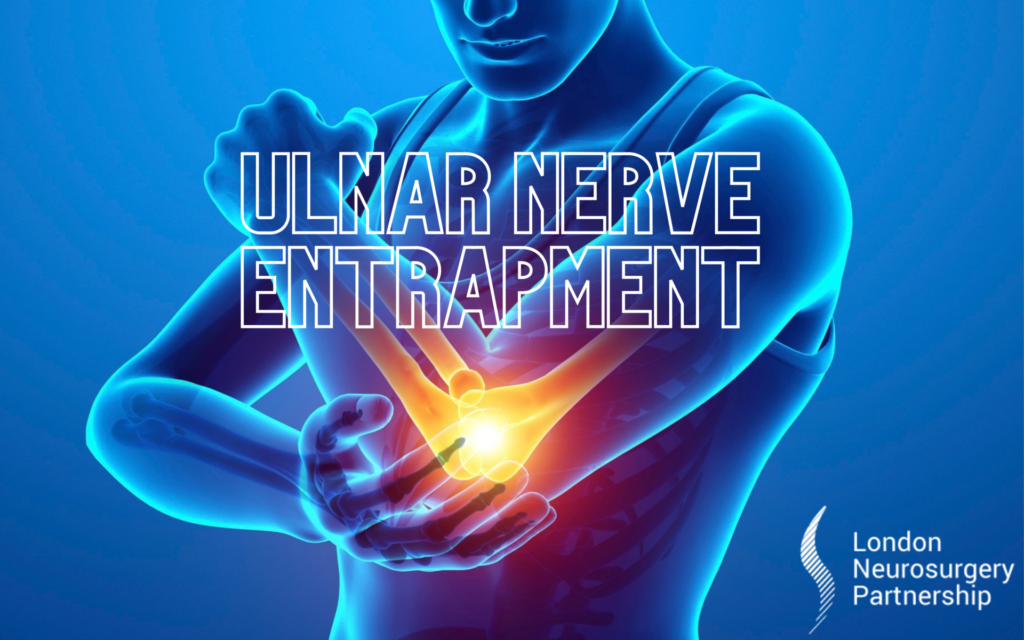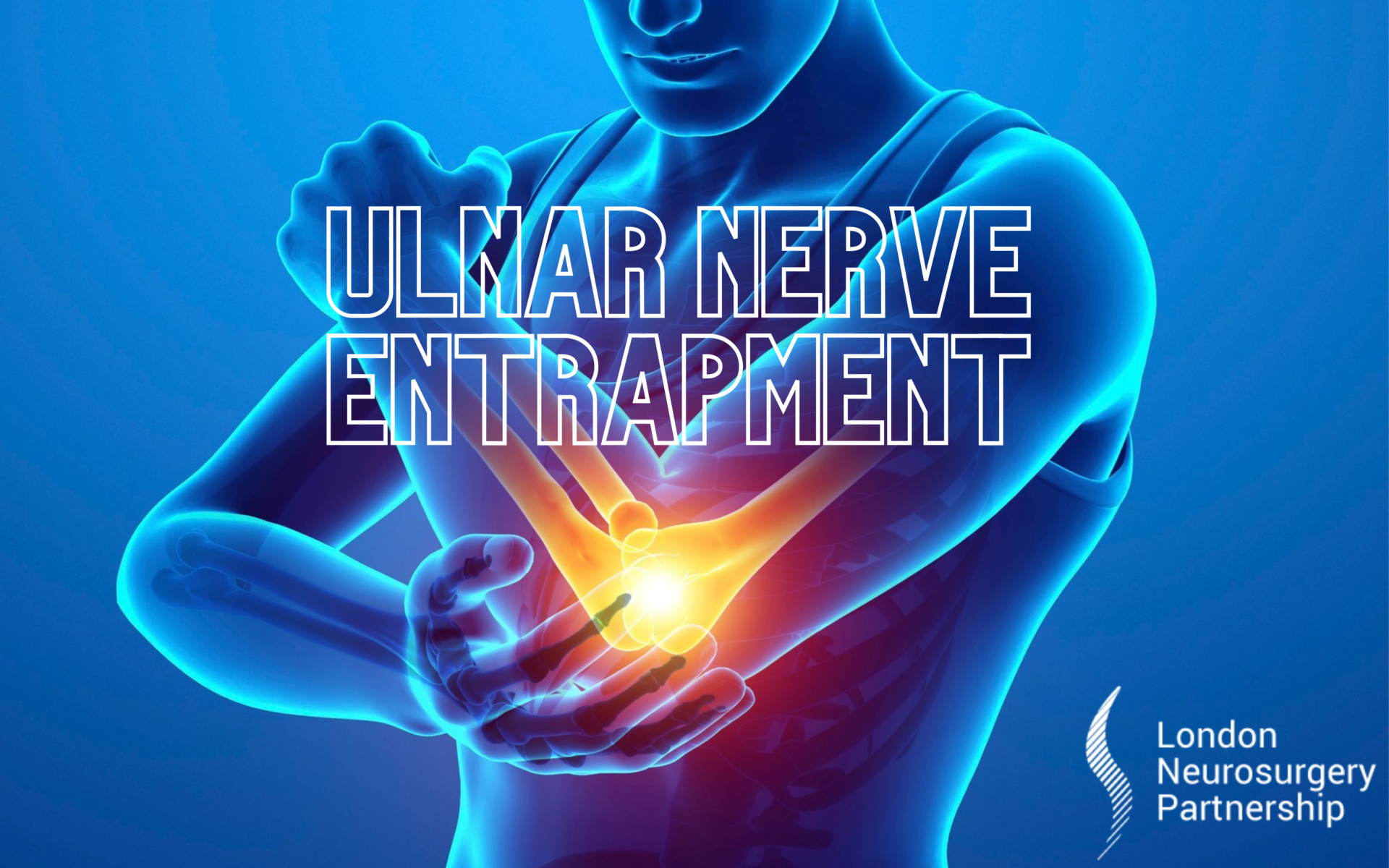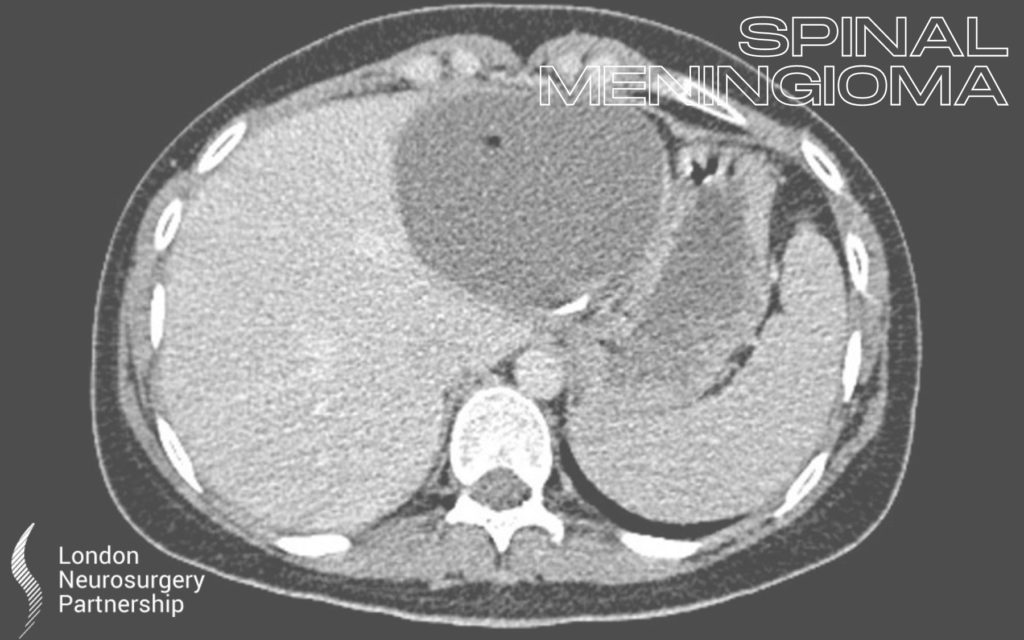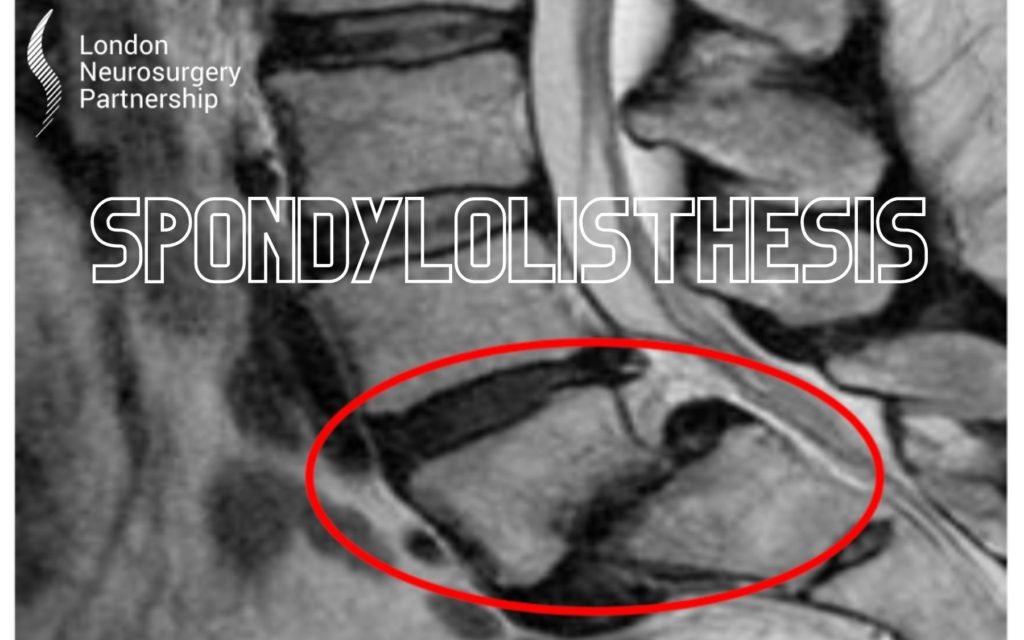
Ulnar nerve entrapment is a fairly common injury that affects the nerve that runs down the arm to the fingers on the outside of the hand. Although this is not a life-threatening condition, it is important this condition is treated promptly to avoid any long-lasting damage. If left untreated it may lead to paralysis or permanent loss of sensation in the arm.
What exactly is ulnar nerve entrapment?
Ulnar nerve entrapment occurs when the ulnar nerve becomes compressed or irritated. As the ulnar nerve runs along the whole length of the arm, the entrapment can happen in a different place, however, is most common in or around the elbow joint or wrist joint.
What are the causes?
Compression or irritation of the ulnar nerve can be caused by a number of different factors. Here are some of the most common causes we see:
- Leaning on your elbow for a long period of time
- The nerve slipping out of place when you move your elbow
- A build-up of fluid around the elbow joint
- A new or previous trauma to the arm
- Bone spurs
- Arthritis
- Swelling of the joints
- A repetitive movement that could damage the joints in the arm
What are the symptoms?
As mentioned before, ulnar nerve entrapment most commonly occurs in or around the elbow, however, symptoms can usually be felt along the whole arm. The most common symptoms include:
- Numbness or tingling in the ring and small finger
- Weakened hand grip
- Sensitivity to cold weather
- Pain or discomfort at the elbow joint
If you notice these symptoms for more than 2 weeks it is a good idea to go and see your GP.
How is this condition diagnosed?
Diagnosing an ulnar nerve entrapment as soon as possible is very important.
Your doctor will conduct a physical examination of the arm to see if there are any triggers or if they can feel the nerve moving in a strange way. They may also refer you to have an X-ray or nerve studies.
The treatment for ulnar nerve entrapment will differ depending on the severity. You may be advised to take anti-inflammatory medication, physiotherapy stretches or a night splint.
For more severe cases you may have to have surgery to release the nerve. Visit our contact us page and call us to talk through your options on how we can diagnose and treat you.
This article is intended to inform and give insight but not treat, diagnose or replace the advice of a doctor. Always seek medical advice with any questions regarding a medical condition.






0 Comments